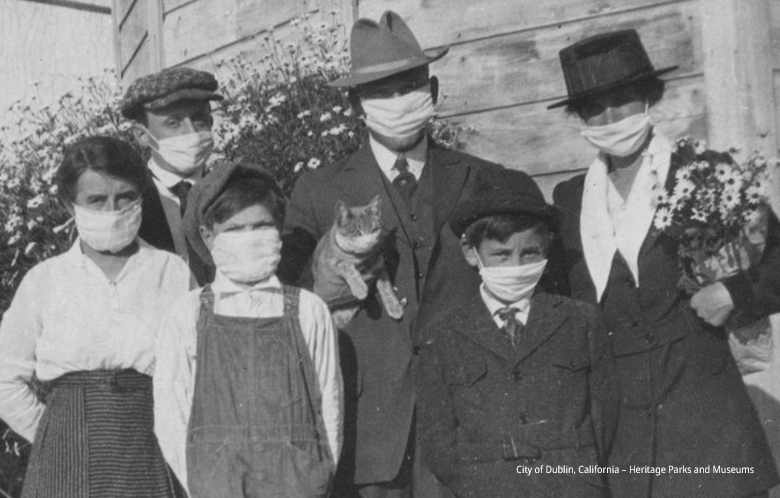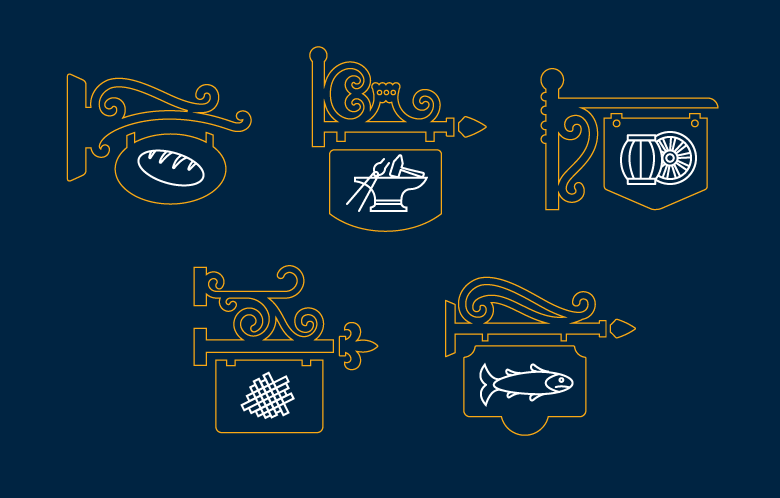For genealogists and family history researchers, census records can provide an intriguing window into the lives of their ancestors. The 1950 United States Census officially became available to the public on April 1, 2022. Taken in April of 1950, this census provides rich details about the more than 150 million Americans living in the U.S. and its territories during the middle of the 20th century.
Librarians will be pleased to learn that researchers can now access 1950 U.S. Census images using MyHeritage Library Edition. Census images can be searched by state, county, city/town, enumeration district and keywords. By the end of June, when full indexing is complete, users also will be able to search the 1950 Census by name and home address.
What’s included in the 1950 Census?
In each census during the 100 years between 1850 and 1950, the same six basic facts about each person were collected: name, gender, race, occupation and place of birth.
“Relationship to head of household” was added, in 1880 and citizenship status of foreign-born people was added in 1890. Additional questions were added, changed or removed from census to census.
The 1950 Census included information on marital status, employment and housing. For a certain number of interviewees, it also included information on income, education, military service and more.
What can the 1950 U.S. Census show us about our ancestors?
The 1950 Census reveals important details about our ancestors’ lives, for example:
- Their place of residence
- The people they were living with
- Their occupations
- Their ages
- Their birthplaces
- Their immigration statuses
Reviewing these details can help patrons discover new details about their ancestors or confirm what they already know.
What geographic areas were covered by the 1950 U.S. Census?
The 1950 Census covered a larger geographic area than any census that came before, and it was also the first to include Americans living abroad. This means patrons might come across some ancestors who didn’t show up in previous censuses.
Aside from the continental U.S., regions covered by the 1950 Census were:
- The territories of Alaska and Hawaii (which had not become states yet)
- American Samoa
- The Canal Zone
- Guam
- Puerto Rico
- U.S. Virgin Islands
- Additional smaller island territories
What changed from the 1940 Census to the 1950 Census?
The decade that passed between 1940 and 1950 was one of the most eventful in human history. World War II had only just started when the 1940 Census was completed. The war ended in 1945, and by 1950, the post-war baby boom was well underway. Scientific and technological discoveries were moving forward at lightning speed, from the hereditary properties of DNA to the first successful digital computer.
The population of the United States grew 14.5 percent from 132,164,569 to 151,325,798 — almost double the growth rate from the previous decade. This population boom made the task of enumeration particularly daunting. The 1950 Census was the last U.S. census to be done in person — by 1960, the census was taken by mail-in questionnaires.
To ensure that the outcome of the 1950 census was as accurate and complete, several measures were taken, including:
- Better training and organization for enumerators
- Detailed maps of enumeration districts
- Special infant cards to record babies born between January and March 1950
- A special date set aside to count transients
- “Missed Person” forms published in newspapers so people who thought they weren’t counted could fill out a form and mail it to district supervisors
- A post-enumeration survey
How were people counted in the 1950 Census?
The primary goal of the census is to understand how many people were living in the United States at the time. Therefore, the methodology of enumeration was based around the place of residence. Enumerators were each assigned a specific district where they were to go door to door, ask the residents the questions on the form, and fill out the information. This is how most people were counted on the census.
To avoid duplicate records, enumerators did not count people who were visiting a household temporarily, domestic workers who slept in a different living space, people who ate regularly at the household but slept elsewhere, household members who were inmates in prisons or other institutions, and other people who were to be counted in their current places of residence.
Enumeration of transients, or people living in temporary housing, was always a challenge. In 1950, a particular date was set for counting transients: April 11. Enumerators visited hotels, hostels, YMCAs, campsites and other places where people might have been living temporarily, and asked people living in those places to fill out their own census form. They were asked to fill out their own forms (Individual Census Report) rather than answer the questions out loud out of concern for their privacy in these public spaces.
To ensure that no one was missed, enumerators would also check the registers of these places and add any information they were not able to get first-hand. The abbreviation REG next to an ancestor’s name in the 1950 Census means this information was collected from the register and not from the person.
The 1950 Census was also the first to count Americans living abroad, including members of the armed forces, crew members of vessels at sea, and employees of the U.S. government and their families living abroad.
It’s important to note that information on U.S. citizens abroad was collected from family members or even neighbors still living in the U.S., so it may not be as reliable as census data that was collected directly from the person.
Searching the 1950 U.S. Census on MyHeritage Library Edition
Though census records are available to the public on the National Archives website, searching on MyHeritage Library Edition offers additional benefits:
- Advanced search capabilities: Once 1950 Census data indexing is complete, patrons will be able to use MyHeritage’s powerful search engine to locate ancestors according to any criteria, including name, home address and enumeration district. MyHeritage’s sophisticated search algorithms will be able to identify nicknames and name variations from other languages.
- Easily flip between records within the family: MyHeritage Library Edition allows patrons to easily flip between census records of individuals in the same family group. Family members are listed on the record page, and users can click their names to go to their records.
- Explore related records: When viewing records on MyHeritage Library Edition, patrons can see additional historical records that mention the person they are researching. The MyHeritage database includes more than 16 billion records and is constantly growing.
Questions about other U.S. Census years? Visit MyHeritage’s Census Hub.



